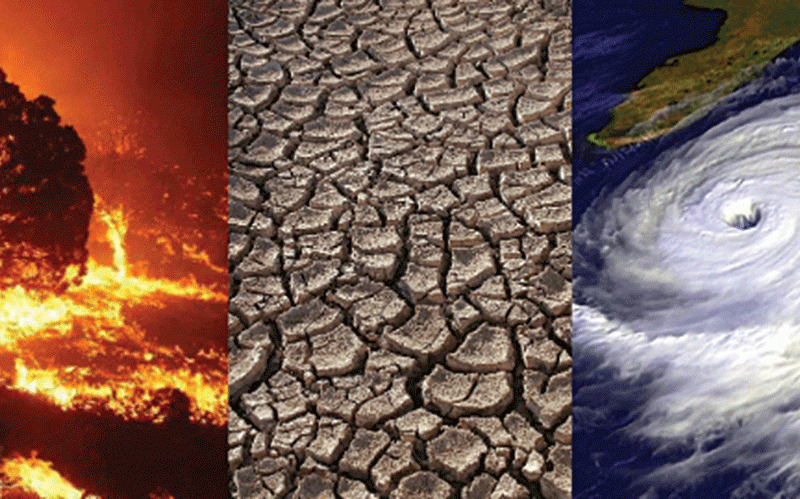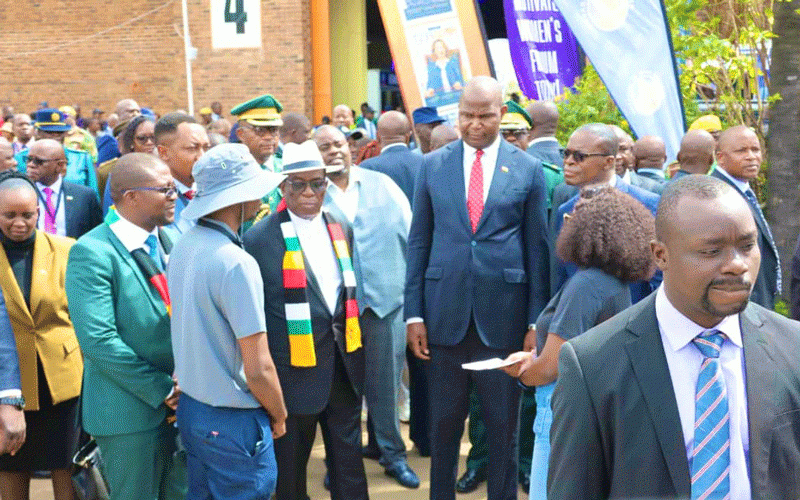
Climate change is one of the most pressing global challenges of our time, but its impacts are not experienced equally across populations.
The intersection of gender and climate change reveals stark disparities, particularly in regions where social, economic, and cultural inequalities persist. Women, especially in Africa and other developing areas, often find themselves at the frontlines of climate vulnerability.
This is not due to inherent weakness or incapacity but rather systemic inequalities that limit their access to critical resources, decision making platforms, and adaptive capacities.
At the same time, women have consistently demonstrated resilience, innovation, and leadership in responding to climate challenges yet their roles are frequently overlooked or undervalued in policy and practice.
Recognising and addressing the gendered dimensions of climate change is therefore not only a matter of social justice but also essential for effective and sustainable climate action.
A primary reason women are disproportionately affected by climate change lies in the traditional gender roles they are often assigned.
In many African societies, for example, women are responsible for securing food, water, and energy for their households.
These roles become exponentially more difficult as climate change disrupts water availability, damages agricultural productivity, and threatens energy sources like firewood.
- Bridging policy formulation and implementation gap
- COP26 a washout? Don’t lose hope – here’s why
- Bridging policy formulation and implementation gap
- Out & about: Bright sheds light on Vic Falls Carnival
Keep Reading
The daily task of fetching water, already arduous, becomes a dangerous and time consuming burden in the face of increasing droughts.
Women must travel further and spend more time collecting water, reducing their opportunities for education or income generation and exposing them to greater physical and social risks.
Similarly, as primary caregivers and small scale farmers, women face higher risks of food insecurity due to crop failures driven by erratic weather patterns and natural disasters.
These challenges are compounded by structural barriers such as limited land ownership, restricted access to credit or technology, and exclusion from agricultural extension services.
Beyond the physical and economic dimensions, climate change has profound implications for women’s health.
Women and children are more vulnerable to waterborne diseases exacerbated by climate related water scarcity and contamination.
The burden of caring for sick family members often falls on women, adding to their emotional and physical stress.
Maternal health is particularly at risk during extreme weather events, when healthcare access is disrupted, nutrition is compromised, and infrastructure collapses.
Furthermore, indoor air pollution, a major health hazard in many rural homes reliant on biomass for cooking, becomes an even more significant threat as climate change affects fuel availability.
The resulting reliance on more polluting energy sources can lead to chronic respiratory illnesses among women.
Cultural and social norms further limit women’s ability to respond effectively to climate-related emergencies.
In many societies, women’s mobility is restricted, and they may lack the autonomy or resources needed to evacuate during disasters.
As a result, they are more likely to be injured, displaced, or killed during such events.
Displacement also increases their risk of gender-based violence, poor living conditions, and loss of livelihood.
These risks are not incidental but are symptomatic of deeply ingrained gender inequalities that prevent women from accessing the support systems and decision making processes necessary to safeguard their well-being during and after climate shocks.
Migration is another area where gender plays a critical role in shaping the impacts of climate change.
In many cases, men migrate to cities in search of employment, leaving women behind to manage households and farms.
While this might suggest agency and strength on the part of women, it also places them under immense pressure, especially in the absence of adequate support.
They must adapt to environmental changes while fulfilling traditional caregiving roles, which increases their vulnerability to exploitation, economic hardship, and psychosocial stress.
The emotional toll of these compounded burdens can result in mental health issues, such as anxiety and depression, which are often left unaddressed due to stigma and lack of services.
Despite these challenges, women are not passive victims of climate change, they are powerful agents of adaptation and mitigation.
Their traditional knowledge and day to day management of natural resources make them uniquely equipped to lead local adaptation efforts.
Across African communities, women have pioneered practices like rainwater harvesting, crop diversification, and sustainable seed selection.
These strategies not only buffer against climate impacts but also preserve biodiversity and enhance food security.
Women’s community networks and cooperatives are vital platforms for spreading these adaptive practices, facilitating peer learning, and mobilizing grassroots action.
Moreover, women are increasingly at the forefront of mitigation efforts.
They play significant roles in forest conservation and reforestation initiatives, which are crucial for carbon sequestration and ecosystem resilience.
In Kenya, for example, women’s groups have led successful tree planting campaigns that not only help restore degraded land but also create income-generating opportunities.
Women are also key advocates and adopters of renewable energy technologies.
Their involvement in promoting solar energy, clean cookstoves, and biogas systems reduces deforestation, cuts emissions, and improves health outcomes.
These innovations, often born out of necessity, demonstrate the potential of women led solutions in the fight against climate change.
Sustainable livelihoods, supported and driven by women, further highlight their role in climate resilience.
Through activities like eco-tourism, organic farming, and artisanal production, women contribute to both environmental sustainability and economic empowerment.
These endeavors reduce dependence on harmful practices while creating new pathways for income, education, and community development.
Importantly, these initiatives also help shift societal perceptions of women’s roles, fostering a more inclusive and equitable approach to development.
Despite these contributions, women remain underrepresented in climate governance at local, national, and international levels.
This exclusion not only undermines the effectiveness of climate policies but also perpetuates gender inequality.
Including women in climate decision making processes leads to more holistic and inclusive strategies that reflect the needs of entire communities.
In Uganda, for example, women’s participation in developing early warning systems has been instrumental in reducing the impact of climate disasters.
Their insights have helped tailor responses that are sensitive to local realities and capable of building long term resilience.
Ultimately, the path toward equitable climate action requires a deliberate focus on gender-responsive policies and practices.
This means going beyond acknowledging the disparities to actively dismantling the structures that create them.
It requires investing in women’s education, supporting their economic participation, securing their land rights, and amplifying their voices in climate negotiations.
Gender equity must be integrated into climate financing, adaptation planning, and mitigation strategies to ensure that both men and women can contribute to and benefit from climate solutions.
When women are empowered, communities are more resilient, solutions are more innovative, and climate action is more effective.
Climate change is not gender-neutral. Its impacts are shaped by existing social, economic, and cultural inequalities that disproportionately burden women.
Yet, women are also at the heart of climate resilience leading adaptation efforts, driving mitigation strategies, and sustaining communities in the face of adversity.
To address climate change effectively, we must recognize and support the transformative role women play.
Gender-responsive climate action is not just a moral imperative it is a strategic necessity for building a sustainable and equitable future.
*Gary Gerald Mtombeni is a journalist based in Harare. He writes here in his own personal capacity. For feedback Email garymtombeni@gmail.com/ call- +263778861608









